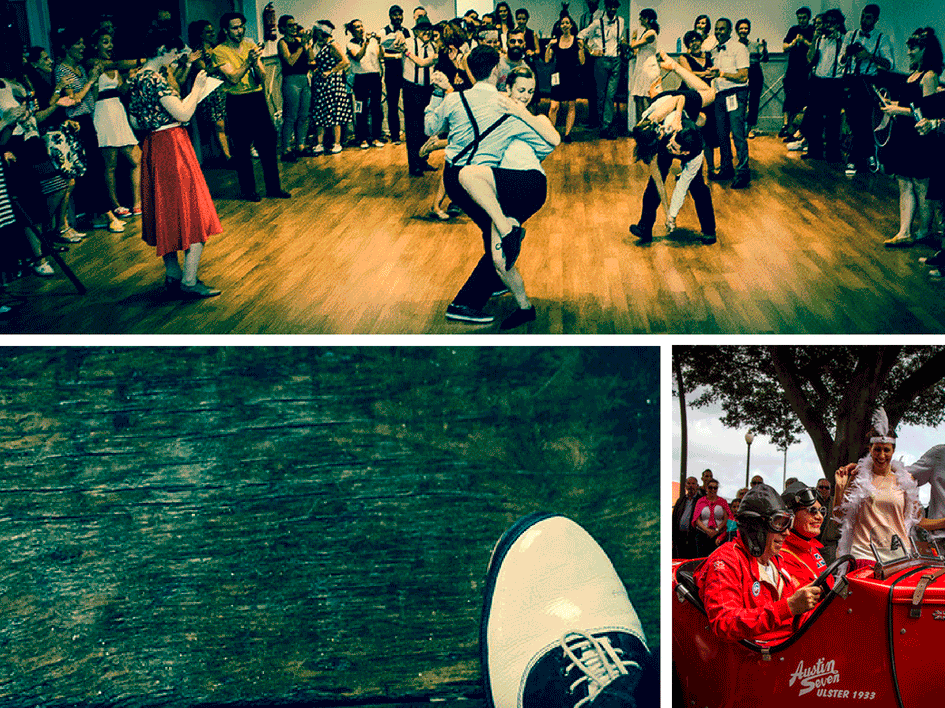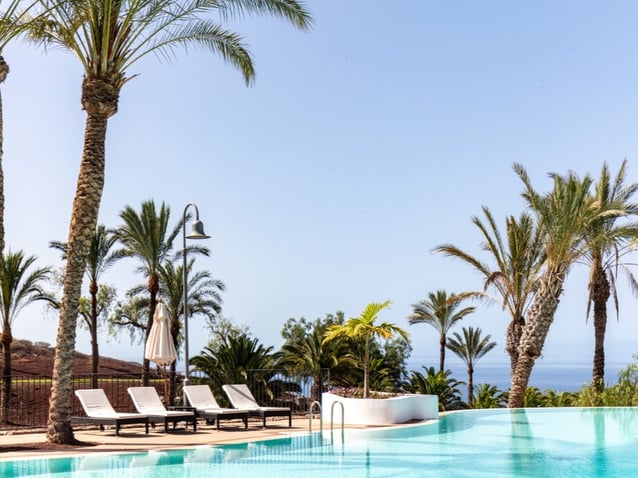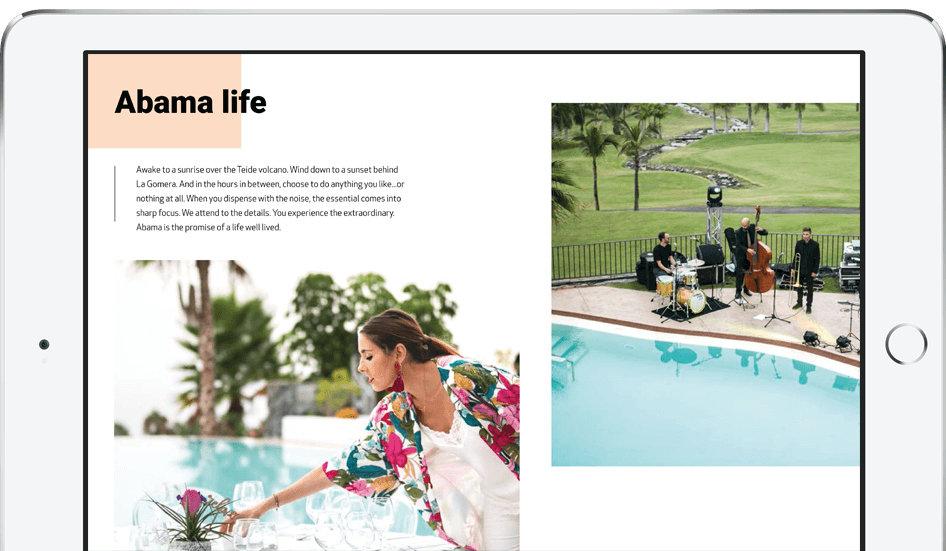
While this dance originates from the United States and dates back to the 1920s to 1950s, the best Tenerife Swing is just a lindy hop, skip and a jump away from your luxury home the weekend of April 26th to the 29th at the 7i Swing Festival. The festival incorporates “four days of Swing and fun, classes, concerts, social dance, exhibitions and much more” at a World Heritage Site (San Cristobal de La Laguna) in Tenerife. This is one of the Tenerife activities you won't want to miss.
While music often gives rise to dance in its inspiration of movement and rhythm, with Swing the switch was flipped, as dancers firmly took the lead in directing the musicians towards what it was that they wanted to dance to. In fact, as the music grew to fit the dancing and both became intertwined, they came to be referred to by the same name: Swing.
With Swing, America had its first dance craze. The inexorable climb of Swing involved a combination of factors converging at the same point. The Lindy Hop is undoubtedly the queen of the Swing dance craze and was first known as the “Lindbergh Hop”. Its name, legend has it, was attributed to the success of the first ground-breaking flight across the Atlantic Ocean in May 1927 by aviator Charles Lindbergh. Just days after this flying feat, the name “Lindy Hop” appeared in the Pittsburgh Gazette Times on May 25, 1927, referring to a dance that had taken off at a dance marathon in Harlem’s ballroom, The Savoy, the evening before. A gifted young dancer was performing leaps, jumps and somersaults with his partner and was purported to have exclaimed that he was flying and doing “The Lindy”. A name was born.
Although entirely new as a dance, Swing firmly has roots in the Charleston: the roaring dance of the 1920s. It is also a close ancestor of the African-American dance called Juba, brought by Kongo slaves to Charleston, South Carolina. While Juba incorporates stomping and slapping into its repertoire of moves, the Charleston uses more swinging of the arms and twisting of the feet. The two styles lent moves to the more dynamic Swing. Swing dancing, overall, refers to partner dancing where the man literally “swings” the lady in the air, hence the association to flying. However, the basic step takes just eight counts and is enormously adaptable; it can be slow or fast or anything in between and leaves lots of space for improvisation between partners, with simple and complex steps both being perfectly acceptable.
These days, Swing dancing is still extremely popular and there are many types and variations: East and West Coast, The Lindy Hop, The Charleston, Balboa and the Shim-Sham, to name a few. Its popularity comes from the myriad of physical, social, and intellectual benefits it offers. Not only does Swing dancing give you an aerobic workout, but dance can improve brain plasticity and even ward off the onset of dementia.
What’s more, Swing, being a social dance, provides the opportunity, through trips in Tenerife, to meet and dance with lots of different people, crossing national frontiers through an international language.
So, if Swing is your thing or you want to learn, what better way than to begin by participating in the best Tenerife version: the Canary Islands’ 7i Swing Festival? What’s more, the classes, workshops and other activities will give you a chance to do a bit of sightseeing around San Cristobal de La Laguna and learn even more about what to do in Tenerife.







